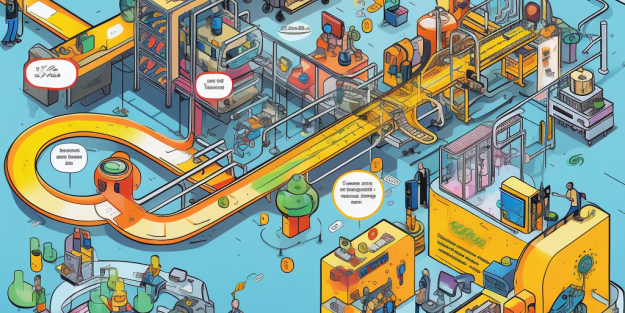Everyone has a few examples of it: products that are super well thought of and beautifully designed, contain all the necessary quality features, but in practice do not always deliver what they promised. With a gadget we can pass it relatively easily, but with larger and more expensive machines it is simply unacceptable.
The difference between quality and reliability - reliability in technical terms, or guaranteed performance over a longer period of time - is essential in the high-tech manufacturing industry. That is precisely why it is so surprising that many representatives of this sector still pay little attention to it. Often only a handful of reliability experts are available in companies with thousands of employees; usually they don't even make it and a few are responsible for a task that can make or break a company.
Coen Smits, Sr. Director Reliability at Holland Innovative (HI) can talk about it. It is often the case that the product has already been developed and then still needs to be tested on reliability. In other words, reliability is added by testing. And that's when HI comes in the picture. Then the harm has already been done: a possible problem is already ingrained in the design.
But he is also increasingly being hired to guide a client through the Design-for-Reliability process. “In that case, we can prevent many problems,” says Smits. “If we are not allowed to start until later, there is often a lot of pressure on the project. Especially if the time to market is short, there is a greater chance of tension in such a project.”
Control from back to front
If it has to be demonstrated that an already developed product or process is really reliable, HI carries out the check from back to front. Smits: “First we have to find out what we need to test for. Are there examples, what does the customer say? And what does he mean? Often something turns out to be wrong with the requirements at the very beginning, or something has changed somewhere in between, causing deviations. It is also possible that the various steps in the development process have been completed, but that the connections have not been made properly. For example, an FMEA was done, but the results were not used to optimize the design or for the test plan.” If the connections have not been made properly in the development process, this means, in the worst case, that you have to go back to the drawing board.
The sooner reliability is included in the design process, the easier it is to identify and prevent potential problems. Smits: “Even if there is only one failure mode that we can discover and remedy before the product is launched on the market and the end user becomes the victim, then it is already worth it.”
Note: In order to bring reliability to you in an accessible way, like the gadgets discussed in the first paragraph of this article, Holland Innovative will post a "Reliability Summer Bummers" every week during the summer weeks, via the Holland Innovative linkedin page, that reflect the reliability and quality of products in a light-hearted and recognizable way.




.jpg?width=200&name=Holland%20Innovative%20summer%20academy%20-%20Project%20Management%20Masterclass%202%20(2).jpg)